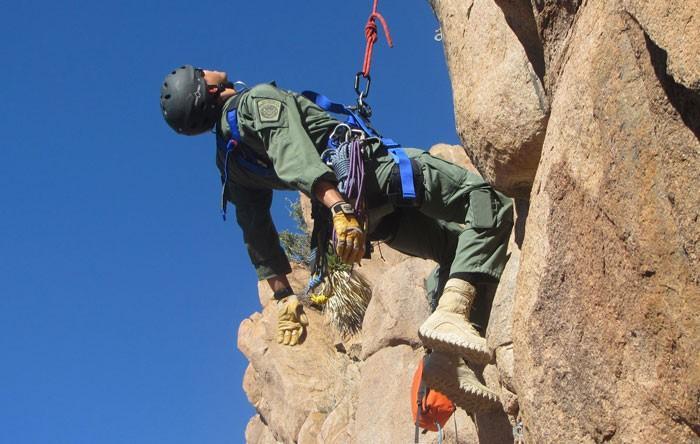If one remains vertical and does not move the lower extremities at all, this passive venous pump system fails, and blood can pool in the lower extremities. Although no actual blood is lost, this causes a relative low-volume state in the core that mimics the shock from bleeding.
A climber hanging suspended vertically and immobile in a harness is in danger that nothing, including unconsciousness, will change his vertical position unless the climber is actively repositioned. It is common to pass out within minutes of being suspended in an immobile state. Unconsciousness can cause loss of breathing and death from asphyxiation or other consequences of shock, such as low oxygenation of the brain or of other vital organs due to the amount of blood taken out of functional circulation.
The article goes on to address a myth that has been perpetuated in the rescue world for a long time: that a patient experiencing suspension syndrome should not be laid flat immediately upon return to a surface for fear on inducing reperfusion syndrome (harness death or harness pathology). The authors maintain that this is not evidence based medicine and responders should follow standard resuscitation measures with the patient in a supine position as soon as possible.
Read the full article here.

